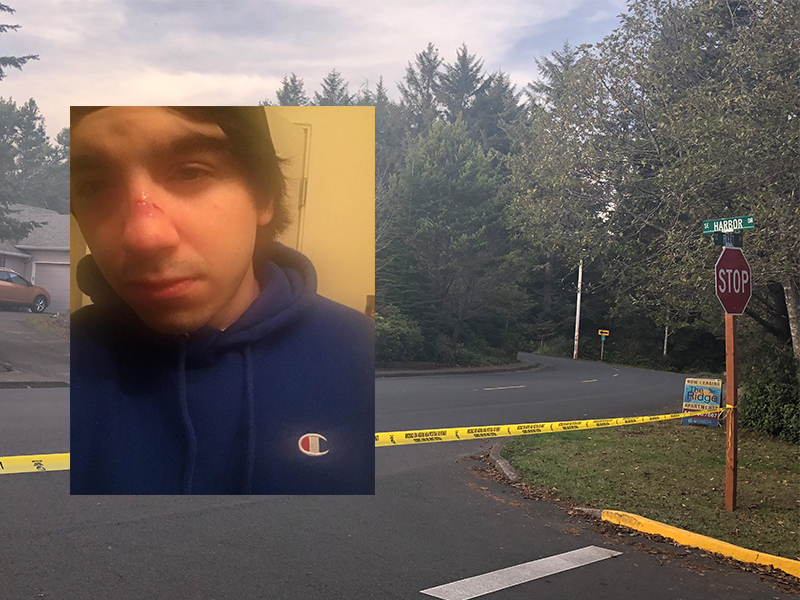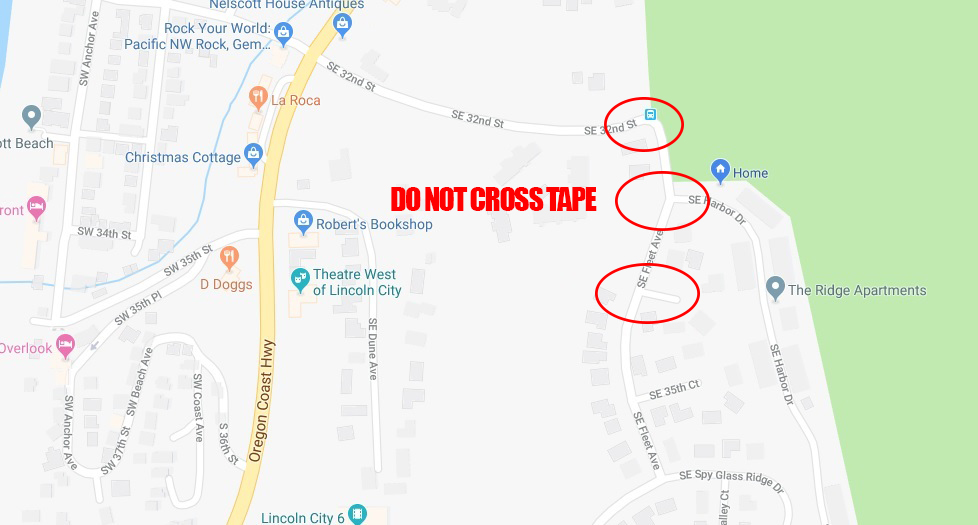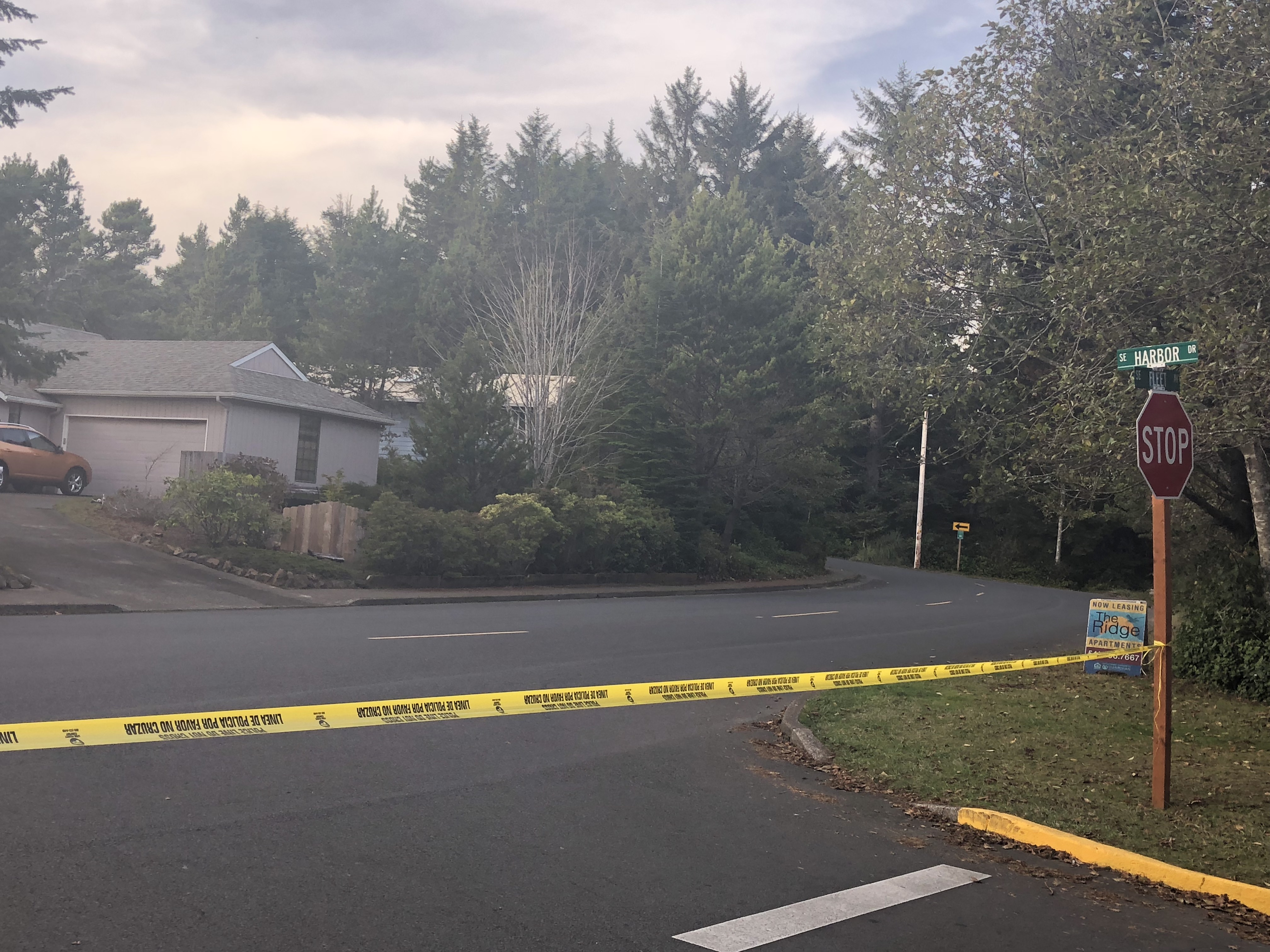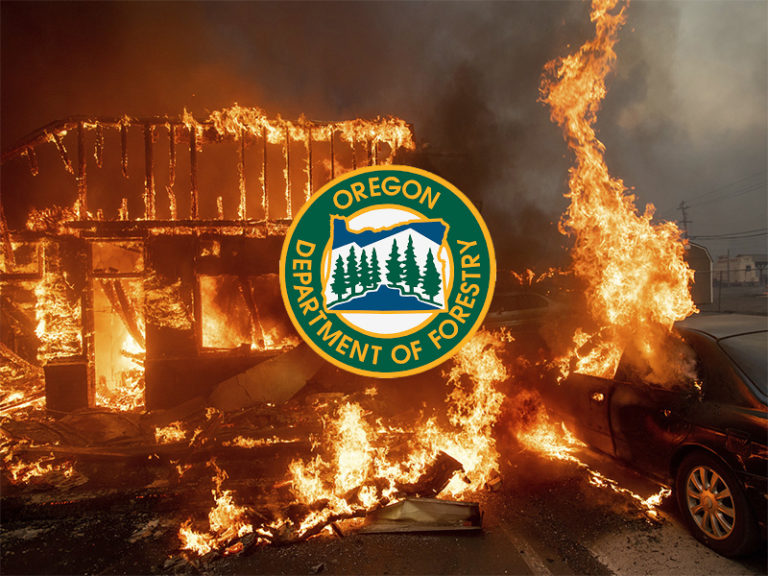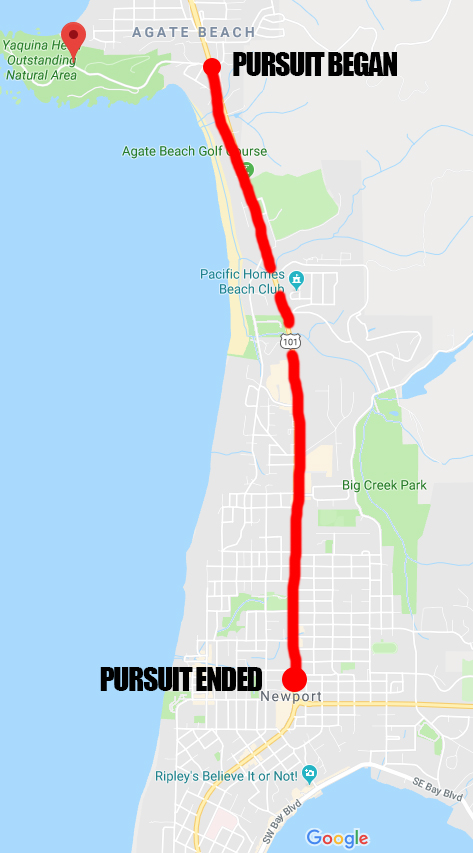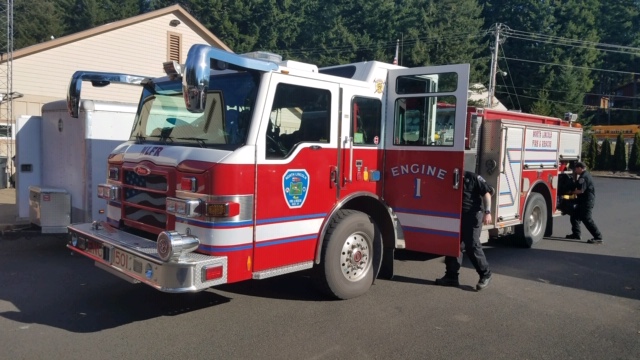
The Lincoln City Police Dispatch Daily Desk Log is a public record of police calls. Homepage will run the log every Friday. All suspects are innocent until proven guilty in a court of law.
Friday, Nov. 2
Hit and Run – 9:37 a.m. – 3014 NE Highway 101 – Caller reported a male driving a black four-door sedan backed into his vehicle in parking lot.
Peace Officer Hold – 2:19 p.m. – 3043 NE 28th St. – Caller reported subject returned to hospital after leaving against medical advice earlier in the day.
Crash – 2:49 p.m. – N Highway 101 & Ne 14th St. – Two vehicle non-blocking crash with minor injuries.
Crash – 5:26 p.m. – NE 14th St. & Highway 101 – Two vehicle crash. One driver cited for careless driving.
Probable Cause Arrest – 6:53 p.m. – Chinook Winds Casino, 1777 NW 44th St. – Issac E. Deanda (12/23/89) taken into custody on probable cause arrest for driving while suspended misdemeanor. Transported to Lincoln County Jail.
Theft – 6:12 p.m. – 2200 NE Holmes Rd. #11 – Victim reports an empty trash can and cash had been taken from her.
Probable Cause Arrest – 8:51 p.m. – Burger King, 710 SE Highway 101 – Michael A. Cobb (10/21/92) taken into custody for failure to register as sex offender x 4 and false swearing x 5. Transported to Lincoln County Jail.
Peace Officer Hold – 10:56 p.m. – SNLH, 3043 NE 28th St. – ER staff reported a male creating a disturbance in the waiting room. Michael John Burk (10/02/86) charged with assault IV, disorderly conduct and placed on a mental hold.
Saturday, Nov. 3
Theft – 1:21 a.m. – North Shell, 4031 NW Highway 101 – Oliver Robert Pauly (10/21/71) cited and released for theft II.
Suspicious Vehicle – 1:32 a.m. – NW Jetty Ave. & 25th St. – Vehicle parked unoccupied in roadway. Towed by Car Care Tow Pro as a hazard.
Crash – 8:06 a.m. – SE High School Dr. & SE Spyglass Ridge Dr. – Caller reporting unoccupied vehicle upside down in a ravine. Pacific Power notified for broken pole brace.
Suspicious Activity – 9:02 a.m. – Dollar Tree, 4157 ZN Highway 101 – Caller reported a male was on Dollar Tree back porch throwing trash onto Logan Rd. Brad C. Anderson (5/13/74) cited and released for offensive littering.
Trespass – 9:19 a.m. – 456 SE Neptune Ave. – Caller reported female subject was at residence and not supposed to be there. Female suspect was gone before police arrival.
Follow Up – 10:21 a.m. – SE High School Dr. & SE Spyglass Ridge Dr. – Pacific Power employee reported a male was near crashed vehicle and appeared to be rummaging around in it. Wesley S. Posney (8/21/88) taken into custody for failing to perform duties as a driver and transported to Lincoln County Jail.
Extra Patrol Request – 6361 NE Port Dr. – Caller requests an extra patrol in the neighborhood due to hearing gunshots at night and have been told by other neighbors that someone is shooting raccoons. Shots were heard at 2:30 and 4:30 a.m. last night. Caller advised he would call next time it occurs.
Burglary – 2:55 p.m. – 4707 SW Coast Ave. – Caller reports his father’s vacation house appears to have been forced into.
Stolen Vehicle – 5:38 p.m. – Cozy Cove Resort, 515 NW Inlet Ave. – Gray 2014 Ford Fusion stolen between 6:30 a.m. – 5:30 p.m.. Victim’s wallet was taken. Marion County recovered vehicle at 10:59 p.m.
Theft – 7:04 p.m. – Chinook Winds Casino, 1777 NW 44th St. – Report of a stolen cell phone.
Assisting Other Agency – 9:50 p.m. – 2333 NE 29th Dr. – Solinna M. Butler (4/23/91) taken into custody for felony warrant out of Marion County. Transported to Lincoln County Jail.
Sunday, Nov. 4
DUII – 1:05 a.m. – 3800 NE Highway 101 – Traffic stop initiated with driver going up on curb a couple of times. Field sobriety tests performed. Agustin Curiel Avalos (10/08/61) taken into custody for DUII and transported to LCPD, cited and released. Vehicle released to sober driver.
Assisting Other Agency – 1:06 a.m. – NW 37th St. & NW Jetty Ave. – Report of a female yelling to herself, lying on the ground and pushing a shopping cart. Bonny K. Grady (02/10/81) located near Wecoma Park. Cited and released for failure to appear warrant out of Lincoln County.
Shoplift – 4:22 p.m. – Goodwill, 1000 SE Highway 101 – Caller reports loss prevention has a female shoplifter that is trying to leave. Amanda Killian (11/21/79) taken into custody and transported to LCPD where she was cited and released for theft III.
Extra Patrol – 6:12 p.m. – Barefoot at the Beach, 1744 NE Highway 101 – Caller has a locked gate and has posted “no trespassing” signs. Caller has surveillance footage of transients climbing fence to go through trash and defecate behind building.
Counterfeit – 9:53 p.m. – US Market, 3327 NW Highway 101 – Report of counterfeit $10 at location. Bill seized. Subjects located, purchased items seized and returned. Andrew J. McMillan (5/29/86) taken into custody on warrant out of State Parole Board and transported to Lincoln County Jail.
Intoxicated – 10:42 p.m. – 2310 SW Bard Loop – Report of intoxicated female out of control. Leullah H. Hoover (3/23/89) taken into custody for harassment and transported to LCPD where she was cited and released.
Monday, Nov. 5
Hit and Run – 1:21 a.m. – 1900 Block NE Highway 101 – Officer located damaged lamppost and light in from of Power Lincoln City. Lamppost struck by unknown vehicle. Public works notified.
Warrant Arrest – 6:52 p.m. – 200 Block SE Keel Ave. – Casen T. Hayes (3/04/00) taken into custody for warrant out of Lincoln County for failure to appear. Transported to Lincoln County Jail.
Crash – 11:50 p.m. – 544 SE Oar Ave. – Officers arrived to find suspect vehicle on scene with report that occupants fled northbound through the bushes. Juanita R. Marquez (10/25/82) found at her residence and taken into custody for DUII, reckless driving, hit and run and criminal mischief II. Transported to LCPD.
Tuesday, Nov. 6
Counterfeit – 4 a.m. – Chinook Winds Casino, 1777 NW 44th St. – Counterfeit $50 found. Suspect left property prior to being contacted.
Trespass – 8:47 a.m. – Beach Access 51st St. – Caller reports three of five subjects drinking in pavilion. Larry Dick (8/14/61) arrested for trespass II due to having 180 day city space/park exclusion. Transported to Lincoln County Jail.
Wednesday, Nov. 7
Welfare Check – 2:31 a.m. – Chinook Winds Casino, 1777 NW 44th St. – Report of female going to front desk saying she had tried to kill herself on the beach. She then returned to her room. Female contacted and transported to SNLH on mental hold.
Theft – 8:46 a.m. – 1840 NW 51st St. – Caller reports theft of an electric screw gun, two batteries and a charger from work site. Last seen at 6 p.m. yesterday.
Found Property – 11:46 a.m. – Turned in ammo found at 1645 SE East Devils Lake Rd. Ammo taken for safekeeping.
Theft – 11:28 a.m. – Chinook Winds Casino, 1777 NW 44th St. – Theft of a casino voucher for $144.80.
Theft – Report of a woman who left debit card in ATM in October. Someone attempted to use card at Bi-Mart and they took the card.
Thursday, Nov. 8
DUII – 10:32 a.m. – SE Spyglass Ridge Dr. & SE Fleet Ave. – Caller reported a possible intoxicated driver southbound on Highway 101. Vehicle turned onto High School Dr. and then parked on SE Spyglass Ridge Dr. Shannon D. Bates (7/04/72) taken into custody and transported to LCPD for DUII, driving revoked and reckless driving.
Theft – 11:12 a.m. – Caller reporting theft of materials from construction site.
DOA – 12:43 p.m. – 3436 SW Anchor Ave. #2 – Report of odor coming from apartment and tenant has not been seen in several days. Confirmed DOA. Pacific View notified.
Crash – 2:59 p.m. – Two car crash caused by a driver failing to obey a traffic control device.
OLDER LOGS
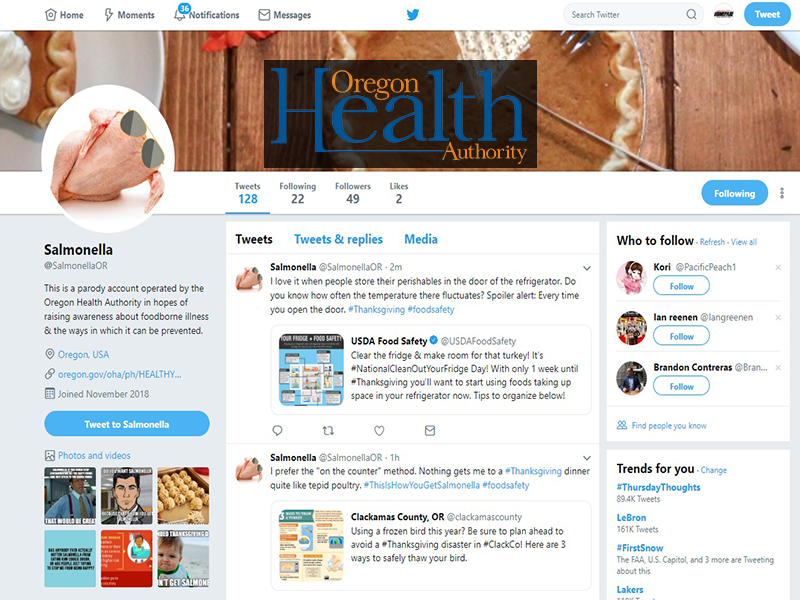


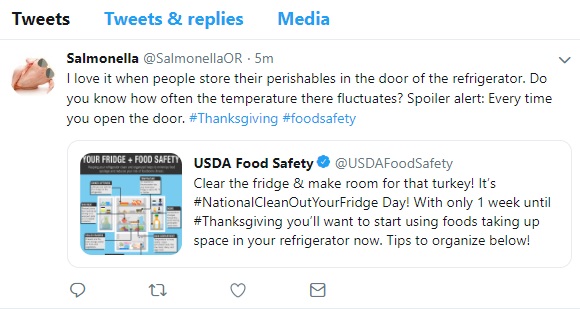



 William Borges, 20, of Otis, pleaded guilty today to one count of distributing child pornography using Dropbox.
William Borges, 20, of Otis, pleaded guilty today to one count of distributing child pornography using Dropbox. The FBI’s CETF conducts sexual exploitation investigations—many of them undercover—in coordination with other federal, state, and local law enforcement agencies. The CETF is committed to locating and arresting those who prey on children as well as recovering underage victims of sex trafficking and child exploitation.
The FBI’s CETF conducts sexual exploitation investigations—many of them undercover—in coordination with other federal, state, and local law enforcement agencies. The CETF is committed to locating and arresting those who prey on children as well as recovering underage victims of sex trafficking and child exploitation.


